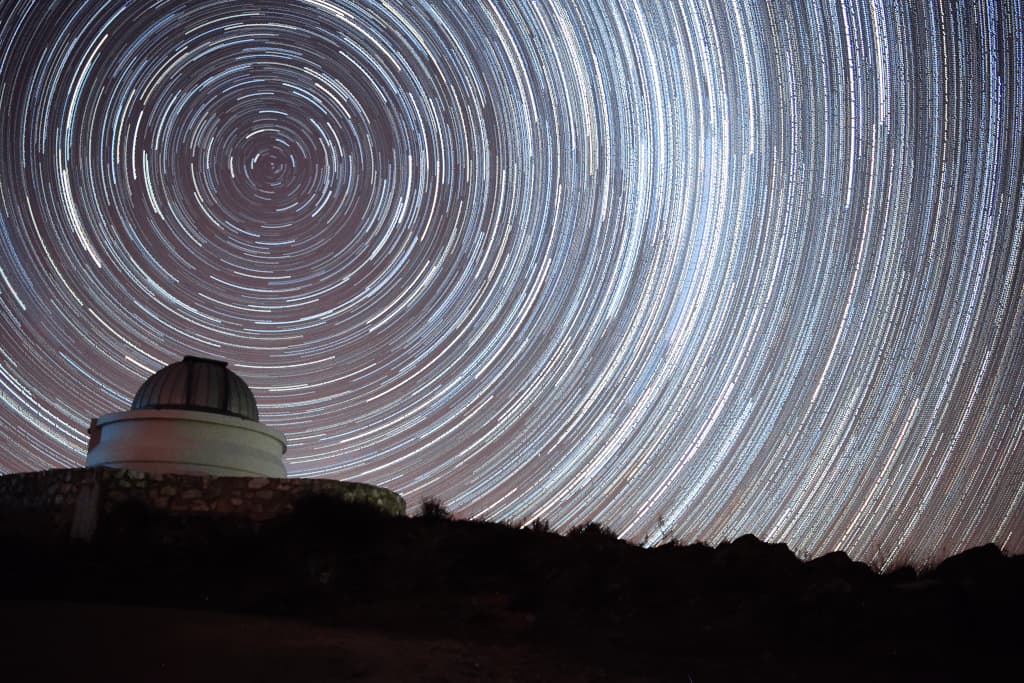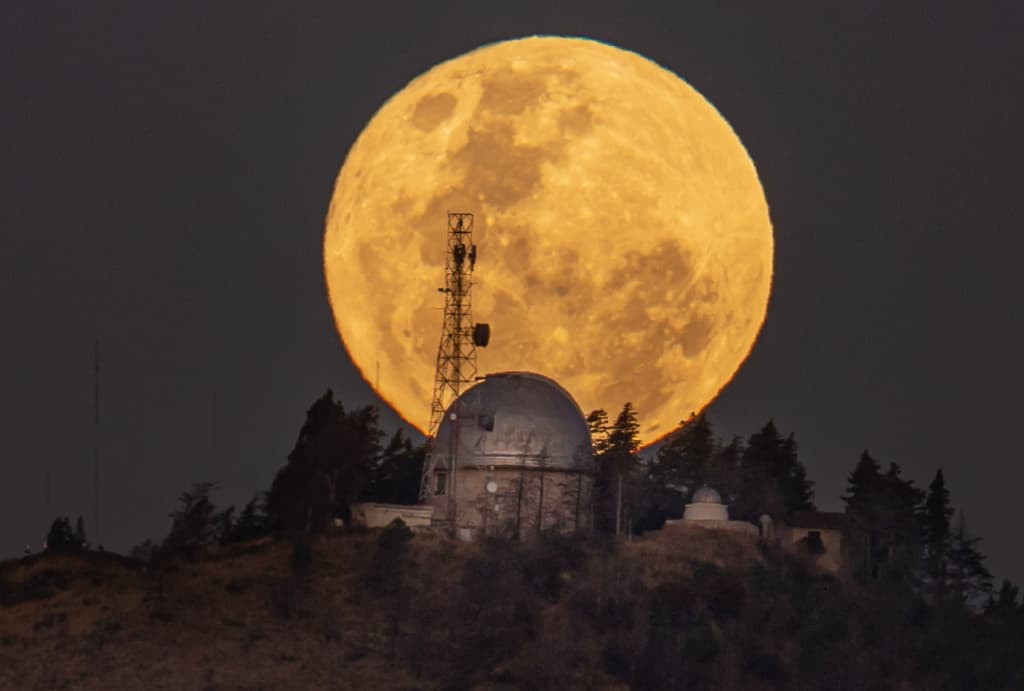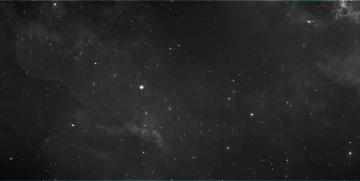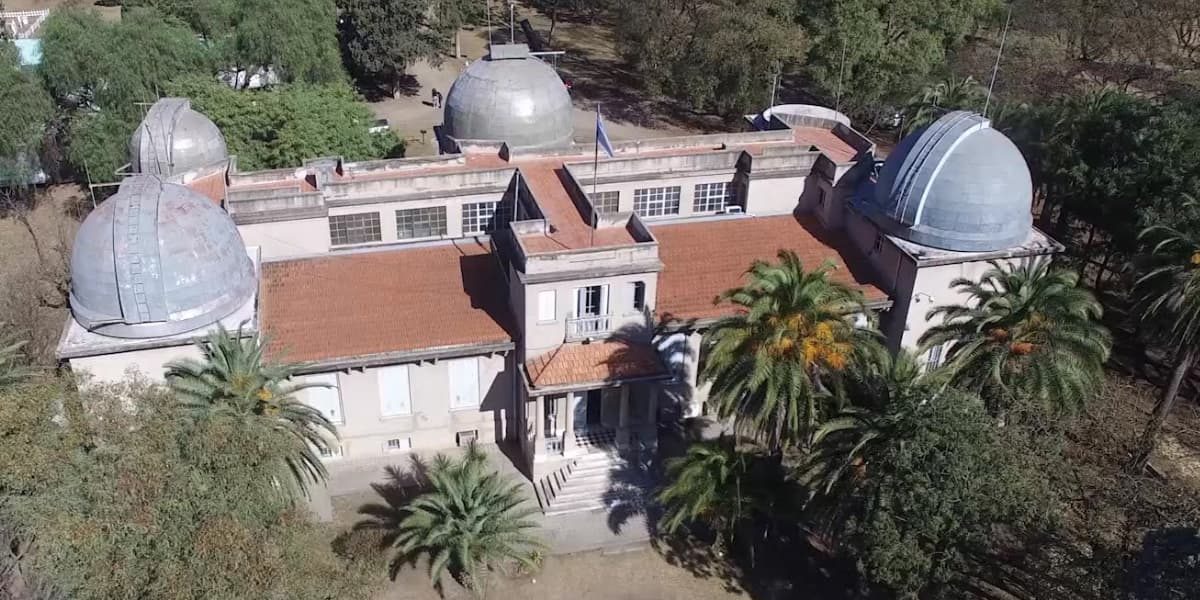Portfolio 2024
The Astronomical Observatory of the National University of Córdoba (OAC) has continuously maintained a prominent position within the global astronomical community. We provide professionals and students with the knowledge and skills to understand and resolve the problems of modern Astronomy.
At the OAC, research is explored across a wide range of subjects. These topics are studied in depth through both observational and computational/statistical tools. The research groups study phenomena ranging from our solar system to the large-scale structure of the Universe.
The Institute of Theoretical and Experimental Astronomy (IATE), a dual dependent unit under CONICET and UNC, is the main local network with our institution. Over ~80% of the members of IATE are also educators affiliated with the Observatory.
The scientific impact of the institution can be summarized in the evolution of referred publication along the years, surpassing 340 publications in the recent 4-year period (2020- 2023).
Number of Reserchers
- UNC Teaching positions: 53
- CONICET Researchers: 40
- Posdocs + PhD Students: 45
OAC has two sites: one situated in the Observatorio neighborhood, near the city center, and another located in Bosque Alegre, approximately 50 km from the capital of Córdoba. In Córdoba, the Observatorio is a building designated as a historical monument since 1995.

The Bosque Alegre site is home to the Estación Astrofísica de Bosque Alegre (EABA). This location features a primary dome housing a scientifically exclusive 1.54 m diameter reflector telescope equipped with a CCD (charge-coupled device) camera and the corresponding control room. Additionally, a secondary dome accommodates a 76 cm diameter reflector telescope.
OAC has spearheaded the establishment of our university’s High-Performance Computing Center (CCAD) and actively supports its ongoing operations. Regarding exclusive computing facilities, IATE has a computational cluster dedicated to software development and data analysis. Additionally, a storage system is in place to accommodate the volume of information, including catalogs, observational images, and simulations.
IATE staff, in conjunction with the European Southern Observatory (ESO), have established one of the world’s optimal locations for a observatory.
Situated in the Cerro Macón in Salta, a 0.6m diameter telescope is installed for the TOROS project (Transient Optical Robotic Observatory of the South). This telescope has already captured its initial images in 2021. Its mission is to detect stellar collisions in distant galaxies up to 600 million light-years away, with the goal of validating gravitational wave detections made by the LIGO observatory in the United States.

International Networks
We have consecutively participated in two ALFA programs of the European Union, serving as the Latin American node for the LENAC network (Latin American European Network for Astrophysics and Cosmology).
Following the conclusion of this funding, we engaged as the Argentine node for the network (Latin American Chinese European GALaxy Formation network), also funded by the European Union through the «Marie Curie Action International Research Staff Exchange Scheme.»
This ongoing participation has facilitated a seamless and uninterrupted academic exchange with various European countries over the past 16 years.
Our connection with Argentine researchers trained at our observatory, now leading research lines abroad, remains active. This is achieved through programs like RAICES from the MinCyT granted to our researchers.
These initiatives have fostered the development of specific research programs and collaborations abroad, such as the VVV survey (Vista Variable Vía Láctea survey) conducted by ESO in Chile.
Our collaborative research efforts have been reflected in partnerships with various esteemed institutions:
- The Max Planck Institute for Astrophysics, and Max Planck Institute for Extraterrestrial Physics in Germany.
- Leibniz-Institut für Astrophysik Potsdam.
- Department of Physics and Astronomy at the University of Victoria in Canada.
- Pontifical Catholic University and Andrés Bello University in Chile.
- University of Groningen in the Netherlands.
- University of California, Riverside in the United States,



